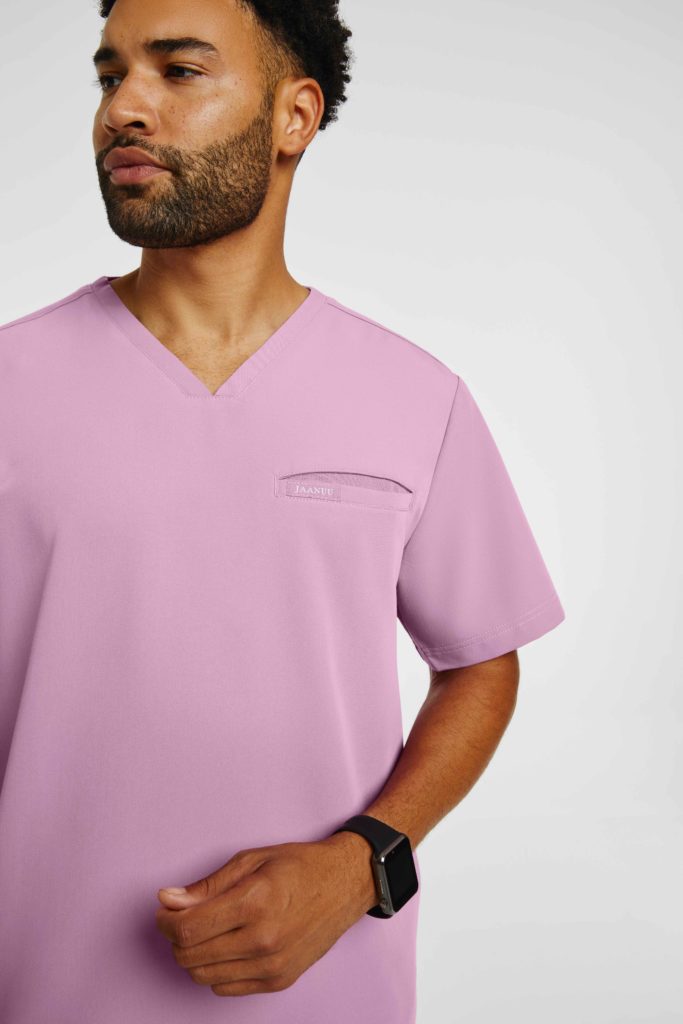
The 10 Best Affordable Medical Schools and How to Get In
If you’re thinking about attending medical school, you know two things: It’ll be long, and it can be expensive. Regardless, medicine is your passion, which is why you want to pursue a career in healthcare, and you have what it takes to help others every day.
The tradeoff of investing all that time and money? A rewarding career in which you’ll improve or even save patients’ lives, and you’ll likely be well-compensated for your work.
But medical school debt can be a major stressor, even if you have the means to repay it. If you’re looking to start your career with a clean financial slate, it’s worth considering an economically friendly path. You can start by exploring the best pre-med schools with low tuition costs and the least expensive medical schools. And, while you’re at it, consider scholarships, loans, and even tuition-free programs. After all, what could be better than free med school?
In this article, we’ll guide you through your options for attending medical school on a budget. We’d like to think of helping you find the cheapest way to go to medical school as our first act of support in your healthcare career. You can come back to us for great-fitting scrubs that will support you on the job later on.
Public medical schools
There are two different categories of medical schools: public and private. Public schools receive state subsidies, so they’re often less costly than private schools. Public schools also offer different pricing for in-state and out-of-state tuition, with the former being more affordable. If you’re interested in attending a public institution, research the college’s policy on being considered an “in-state” student. You may be able to establish residency while attending school and enjoy a significant drop in your tuition fees.
Student loans
If you have your heart set on a specific medical school that happens to be out of your budget, loans can help reduce the initial financial burden.
Even if you plan to attend a low-tuition medical school, you may not have the savings or ability to generate income while studying full-time (which often feels like around the clock). First, explore what financial aid options are available to you. Then, carefully research loans. It’s best to begin your hunt for med school by being as informed as possible.
For medical colleges, you can take out either federal or private loans. Within the category of federal loans, there are subsidized and unsubsidized options. Those who qualify for the former have to demonstrate financial need. Under certain repayment plans, federal loans may be forgiven over time, which is a major plus. Private loans won’t be eligible for forgiveness, but lenders may offer a fixed rate as a perk.
Finally, while taking out student loans may be stressful, paying them back can be even more trying. There are several ways to lessen this burden, including income-driven repayment plans, refinancing options, and Public Service Loan Forgiveness.
The top 10 affordable medical schools in the US

If you’re worried about student debt, why not start with less of it? Here is a compilation of some of the country’s most affordable medical schools and the annual tuition rates you can expect to pay as an in-state or out-of-state student.
University of Puerto Rico
Resident: $18,626
Non-resident: $30,626
Texas Tech University
Resident: $18,808
Non-resident: $31,908
Texas Tech Health Sciences Center, El Paso
Resident: $18,838
Non-resident: $31,938
Texas A&M University
Resident: $19,308
Non-resident: $32,408
University of Austin
Resident: $20,268
Non-resident: $34,030
University of Texas Rio Grande Valley
Resident: $20,802
Non-resident: $33,902
University of Texas Health Science Center at San Antonio
Resident: $21,125
Non-resident: $36,2533
University of New Mexico
Resident: $21,180
Non-resident: $50,708
University of Texas Health Science Center at Houston
Resident: $22,596
Non-resident: $32,212
University of Texas Southwestern Medical Center
Resident: $23,538
Non-resident: $36,638
How to go to medical school for free
Yes, you can go to medical school for free. Despite the rankings above, these free institutions are technically the cheapest medical schools.
Several institutions offer at least partial tuition-free programs. These include:
- The Kaiser Permanente Bernard J. Tyson School of Medicine
- The New York University Grossman School of Medicine
- The Cleveland Clinic Lerner College of Medicine of Case Western Reserve University

Admission competition is, as you might imagine, fierce. But that’s not to say it’s impossible.
First, apply early to secure a spot in the interview cycle. Be sure to also read up on the school. What do they believe in? What do they stand for? If your values align well and you make this clear in your essay and interview, your enrollment application has a better chance of standing out.
So, what about the quality of education at these free medical schools? These programs help prepare students for residency, and you should have a similar academic and clinical experience as you would with a paid school.
Medical school isn’t cheap, nor is it easy, but it’s worth it for anyone who dreams of becoming a healthcare professional. And we’re here to cheer you on as you follow your dreams (and keep you looking and feeling good in premium scrubs while you do).